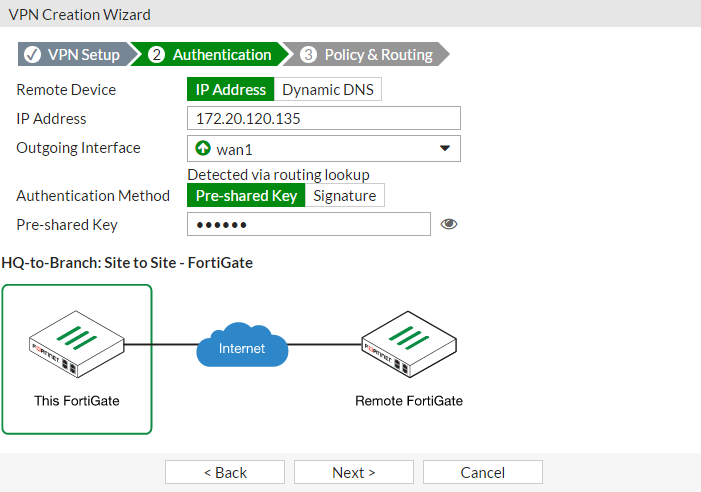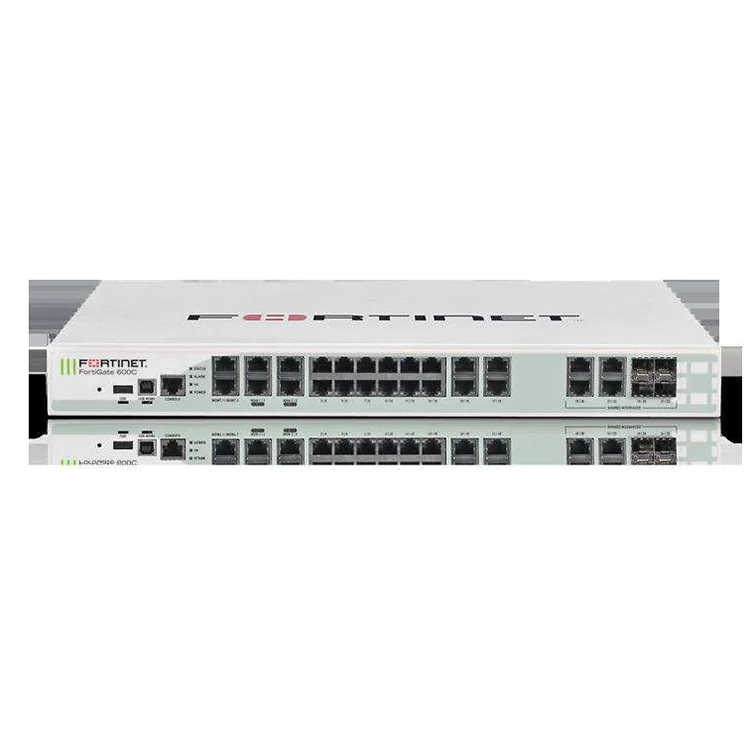

It is “ get router info6 routing-table” to show the routing table but “ diagnose firewall proute6 list” for the PBF rules. With Fortinet you have the choice confusion between show | get | diagnose | execute. I am using it personally as a cheat sheet / quick reference and will update it from time to time.Ĭoming from Cisco, everything is “show”. I am more focused on the general troubleshooting stuff. These must only be used if there are really specific problems. I am not focused on too many memory, process, kernel, etc. It is not complete nor very detailled, but provides the basic commands for troubleshooting network related issues that are not resolvable via the GUI. Note that the IP specified under the Client Address Range of FortiGate is assigned to the PC.This blog post is a list of common troubleshooting commands I am using on the FortiGate CLI. Note: “Server name or address”, is the IP address of FortiGate WAN Interface.Ĭlick on connect under the newly created VPN, and it should connect and access the network behind FortiGate if everything is configured correctly. On Windows, click on Start > Settings > Network & Internet > VPN > Add a VPN connection.įill in the “Add a VPN connection” tab using below screenshot as guide. Your deployment will NOT work if you choose a proposal not supported by Windows 10 (or other windows) L2TP/IPSec. Note: The proposal used at phase1 (and phase 2) by FortiGate wizard, should be supported by Windows.

Review your newly created VPN and once okay, click “Create”. Note: Don’t change the “Subnet Mask” leave it as default.

> On “ Policy & Routing” tab > Local Interface (LAN) > Local Address (choose FW address) > Client Add range (Fill in your desired IP range) > Leave "subnet Mask" as default, and click "Next" > On Authentication tab > select “ Pre-shared Key” (provide key) > select " User Group" (earlier created) and click " Next" > Go to CUI Interface, VPN > IPsec Wizard > VPN Setup > Remote Access > Native > Windows Native (fill in required information) and click " Next"


 0 kommentar(er)
0 kommentar(er)
